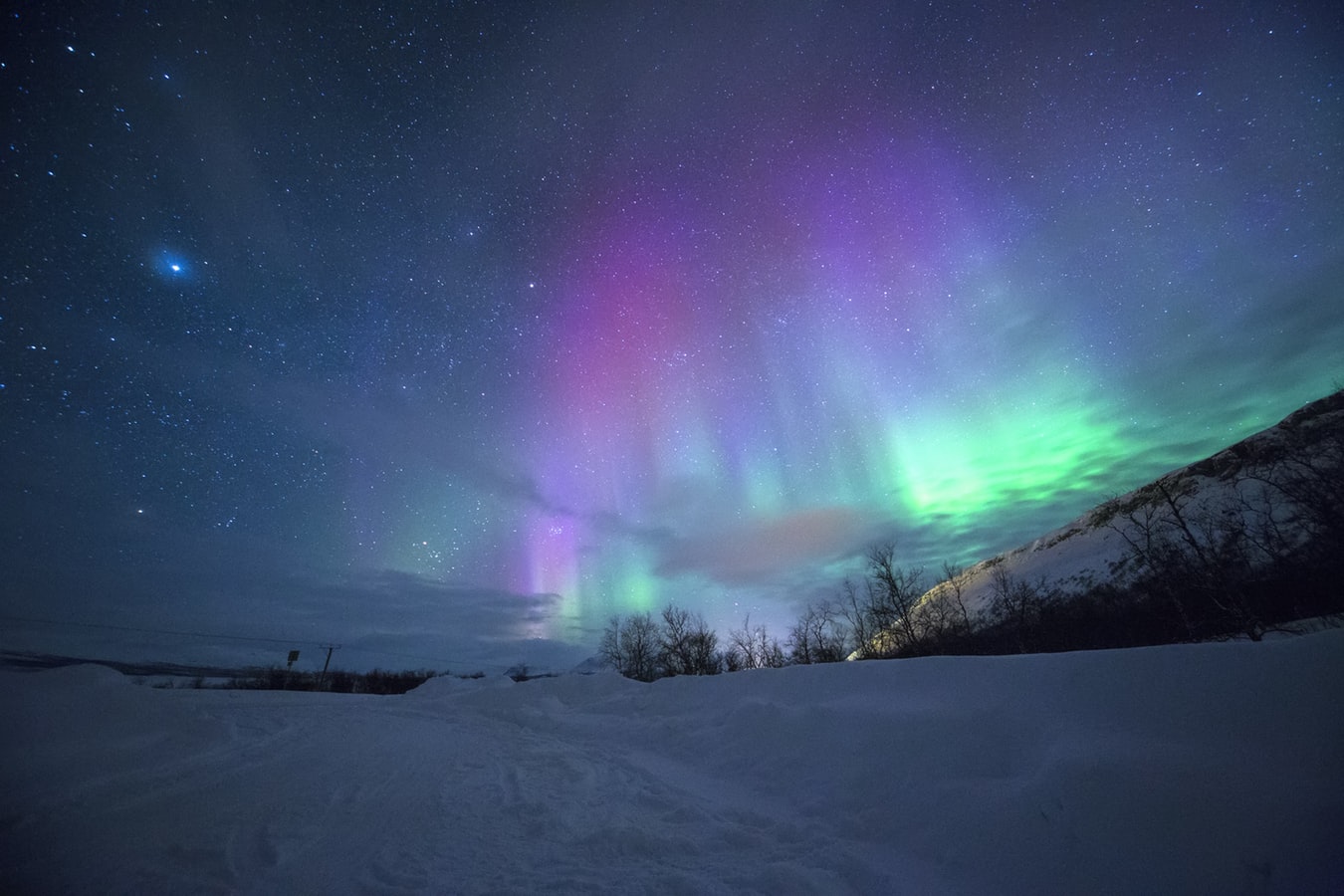Descripción/Description:
The doctoral fellowship programme INPhINIT ”la Caixa” is devoted to attracting talented Early-Stage Researchers of any nationality to pursue their PhD studies in the best Spanish and Portuguese research centres and units with excellence distinction.
Research Project / Research Group Description
Massive stars find their fate in explosions known as supernovae leaving a compact stellar remnant that can be a neutron star or a black hole. The interaction of these compact objects with the remnant of the supernova material, the surrounding medium or with each other accelerate particles known as Cosmic Rays (CRs) to ultrarrelativistic energies, emitting photons in a non-thermal spectrum in wavelengths ranging from radio up to Very High Energy (VHE) gamma rays. One of the most important questions in astroparticle physics nowadays is what is the maximum energy at which these sources can accelerate CRs, the processes they suffer and the origin of these particles. Direct detection of CRs at the Earth does not give information of their origin because they are deflected by intergalactic magnetic fields, and the only way of studying them is to observe the neutral products produced such as VHE gamma-ray photons emitted at their original sources. The observation of the highest end of the electromagnetic spectrum using VHE gamma-ray telescopes becomes therefore essential to solve this problem. Different types of sources accelerate different types of particles, we will therefore tackle this problem with VHE gamma-ray observations of Supernova Remnants, Novae or Young Stellar Clusters in Star Forming Regions to study the acceleration of protons and in Pulsars, Pulsar Wind Nebulae and Halos to study electrons and positrons.
Job position description
The main objective of this project is to analyze and characterize galactic compact objects using VHE gamma rays. To carry this out, and to grant the PhD student access to private data and software, the student will enter the Major Atmospheric Gamma-ray Imaging Cherenkov (MAGIC) telescopes collaboration and the Cherenkov Telescope Array (CTA) consortium. in which the Large-Sized Telescope prototype (LST-1) is already in operation, producing science and three more are currently being built on the island of La Palma, granting privileged access to cutting-edge observatories. Belonging to these collaborations, assures of the order of more than 10 publications per year as part of the team operating and maintaining the telescopes. The PhD student will lead a project of its choice by submitting observation proposals, carrying out the data analysis and performing the interpretation of the data. Software skills are mandatory with knowledge of C++ or python as the preferred programming languages. The formation of the student will be completed with the attendance to astrophysics and astroparticle schools, analysis software schools and attendance to MAGIC/CTA/LST collaboration meetings. The PhD student is also expected to carry out data taking shifts in La Palma as part of its duties to the collaborations. The student will be hosted at IAA-CSIC in the VHEGA (Very High Energy Group for Astrophysics) Group participating to all the aforementioned collaborations. He/she will join the group regular activities such as weekly group meetings.
